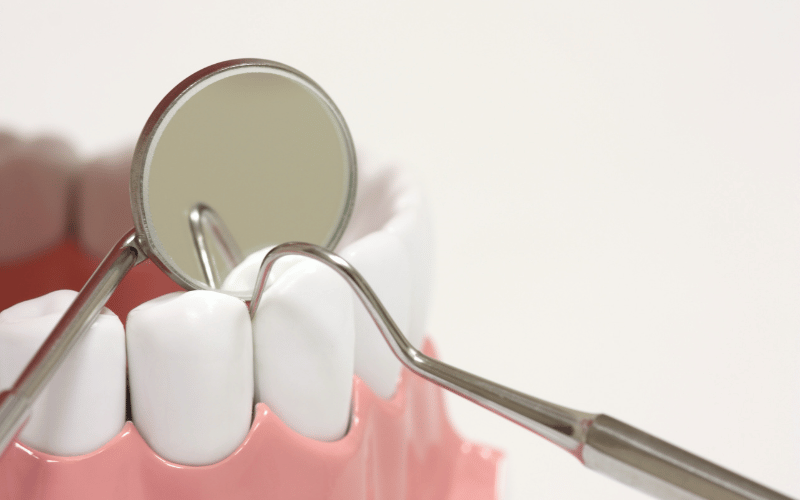Introduction: Delving into Dens Invaginatus: Insights and Implications
Dens Invaginatus (DI), a dental anomaly also known as Dens in Dente or Tooth Within a Tooth, represents a unique and intriguing condition that has captured the attention of dental professionals and researchers alike. This anomaly is characterized by an infolding of the enamel and dentin, creating a pocket or cavity within the tooth itself. Its prevalence, though relatively rare, underscores the importance of a thorough understanding of its presentation, implications, and management strategies.

This condition is not just a clinical challenge; it’s a puzzle waiting to be solved. Dental practitioners encountering DI are tasked with unraveling its complexities to provide optimal care for affected patients. From its enigmatic origins to its varied manifestations, DI demands a careful and considered approach.
The journey into understanding DI is fraught with questions and curiosities. How does this condition develop? What are its potential impacts on oral health? And crucially, how can it be effectively managed to safeguard the dental wellbeing of those affected? These are just a few of the queries that this article seeks to address, providing clarity and insight into the world of Dens Invaginatus.
As we navigate through the intricacies of DI, we will explore its various facets, shedding light on the critical aspects that define this dental anomaly. From identifying the telltale signs and symptoms, to demystifying the diagnostic process, and delving into the latest treatment modalities, this article aims to equip readers with the knowledge and understanding necessary to tackle DI head-on.
1. Enamel Invagination: The Defining Characteristic of DI

Dens Invaginatus presents a unique dental challenge, with enamel invagination standing out as its defining feature. This condition manifests as an inward folding of the enamel and dentin layers into the tooth. It creates a cavity or pocket, distinct from the regular tooth structure.
The depth and complexity of these invaginations can vary significantly. Some cases show only a slight indentation, while others display a deep fold extending into the tooth’s root. Understanding and identifying this variation is crucial for effective diagnosis and treatment planning.
The implications of enamel invagination are vast and varied. When the fold extends deeper into the tooth, it may connect with the pulp chamber.
This connection creates potential pathways for bacteria, increasing the risk of infection and disease. Additionally, these invaginations can trap food particles and debris.
It makes maintaining oral hygiene challenging, leading to an elevated risk of tooth decay. Dental professionals must recognize these implications to mitigate risks and preserve the patient’s oral health.
Diagnosing enamel invagination requires a keen eye and thorough dental examination. Dental X-rays play a crucial role in this process, revealing the extent of the invagination and its relationship with the tooth’s internal structures. In some cases, advanced imaging techniques may be necessary to gain a complete understanding of the condition. Early and accurate diagnosis is paramount. It ensures timely intervention and prevents potential complications associated with this dental anomaly.
Managing enamel invagination demands a tailored and strategic approach. The treatment plan hinges on the invagination’s severity and the associated risks of infection and decay. (1)